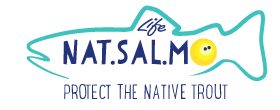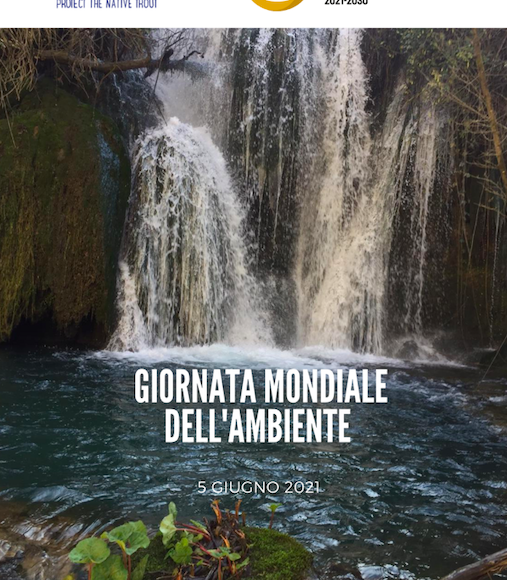The theme of this year’s Environment Day is the “Restoration of Ecosystems”, with the aim of preventing, stopping and reversing the damage inflicted on the planet’s ecosystems, thus trying to move from the exploitation of nature to its healing. And with World Environment Day 2021, the United Nations officially launches the United Nations Decade for Ecosystem Restoration, introduced with the global mission to revive billions of hectares, from forests to farmland, from mountain tops to depths. of the sea.
RIVERS AND LAKES #GenerationRestoration
Freshwater ecosystems provide food, water and energy to billions of people, protect us from droughts and floods, and provide a unique habitat for many plants and animals, including a third of all vertebrate species. These ecosystems are particularly degraded. They tackle pollution from chemicals, plastics, and sewage, as well as overfishing and excessive water abstraction. They attract real estate development and mass tourism. The channeling and extraction of sand and gravel further degrade them. Wetlands are being drained for agriculture, with about 87% lost globally. One in three freshwater species is threatened with extinction. Only a third of the world’s largest rivers continue to flow freely. The rest is clogged with dikes and other infrastructure, making it difficult for fish and other wildlife to travel. Protecting and restoring freshwater ecosystems can mean improving water quality, controlling how these ecosystems and adjacent land are used, and stopping or reversing human interventions on natural processes. Here are some elements that can play a role in a restoration plan:
Clean Up: Collect all the trash so that people enjoy the landscape and take better care of it. If it looks like a landfill, people will treat it like one!
Regulate access: Create agreed and easy-to-use access points, such as for watering animals, marinas for boats or for swimming and relaxing. This will spare fragile vegetation, bird habitat and fish breeding grounds and reduce erosion at the water’s edge.
Restore vegetation: Remove alien species and plant indigenous species to restore rich habitats along the banks of rivers and lakes, to create corridors for wildlife and perhaps a buffer zone between water and sources of pollution. Let’s remember that 40% of fish eat insects.
Plan Sustainably: Develop fishing and harvesting plans that don’t run out of water, fish or other resources. Reduce and treat wastewater, block chemical pollutants, industrial waste or other effluents entering the water. Enter into agreements or offer incentives to reduce the use of agricultural chemicals on adjacent land. Nitrogen used in fertilizers can pose one of the greatest threats to aquatic ecosystems.
Protect and Restore Nature: At the landscape level, seek broad agreement on declaring important freshwater ecosystems as protected areas. Remove dams or other infrastructure that is no longer needed and restore the natural flow of the river.



